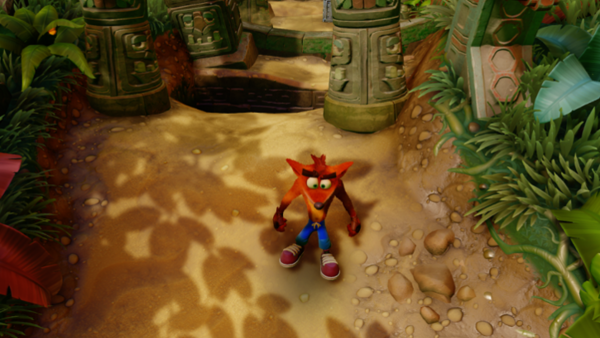Crash Bandicoot N. Sane Trilogy Review: 7 Ups & 3 Downs
2. It Can Feel Borderline Broken In Spots

The reality of releasing three games that have demonstrable leaps and bounds between them has meant Vicarious Visions need a way for all to essentially play the same.
As such, whilst the first game's levels weren't built for the larger, more momentum-heavy platforming Crash would refine himself into, it's Crash 3: Warped's physics model that gets retroactively used across the trilogy.
Sadly, because of this you'll find yourself over or undershooting a TON of gaps, mainly because the new physics model and Crash's greater jumping arcs don't 'fit' these older levels. Native Fortress and Road to Nowhere/High Road are particularly egregious examples of where you'll feel completely ill-equipped to get by. There is absolutely a way to get used to this over time, but it actively works against those players returning to the game, hoping to reapply the way they once played to the new engine.
In addition, when Vicarious Visions rebuilt all of the various games' levels, the 'hitboxes' (the term used for when a game recognises you landing on something) have been tightened to the point of matching the EXACT shape of the in-game item. Rather than allowing for some 'free air' like before and giving you the benefit of the doubt, either you land right in the perfect spot with the perfect run-up or Crash will awkwardly slip off into the dark below.
You could argue they've changed this to give veteran players a new way to play, but when Crash is such an accessible franchise otherwise - one geared to all ages and that skews towards a younger audience - making the platforming SO meticulous can be straight-up off-putting.